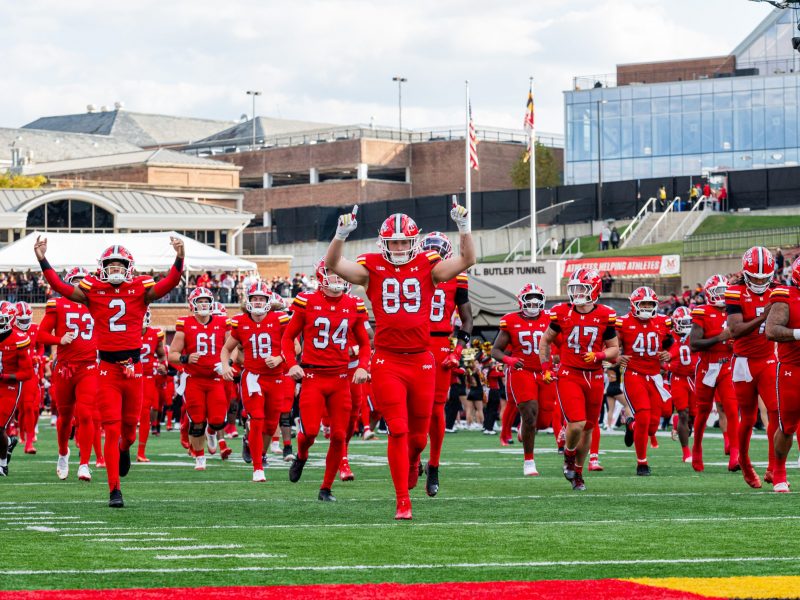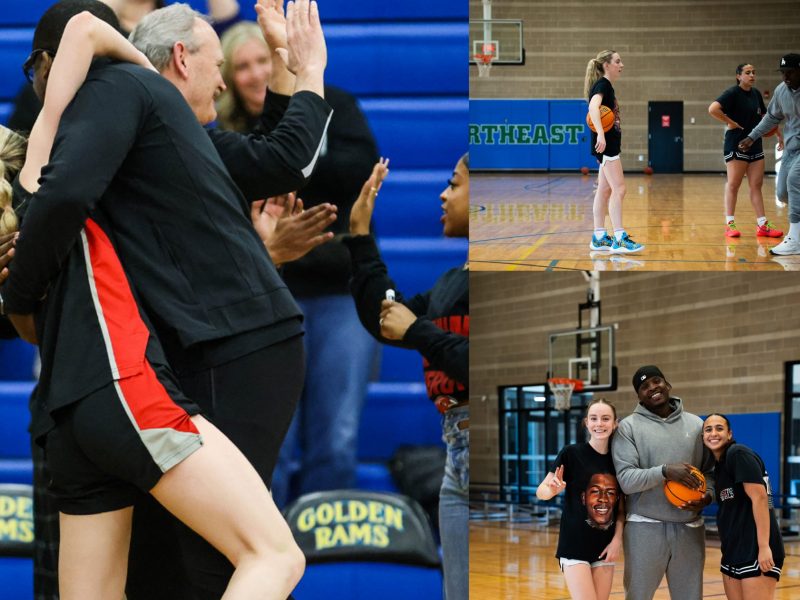Whether panning across the grounds of Hogwarts or skimming through an out-of-control space station, director Alfonso Cuarón is known for his mind-bendingly intricate camera work and dizzyingly long takes. Here are his top four tracking shots:
4. The Jukebox, Y Tu Mamá También
A poignant coming-of-age story and a road trip caper all in one, Y Tu Mamá También (And Your Mother Too) follows two Mexico City teenagers and a mysterious older woman as they embark for a beach that may or may not exist. When the group winds up at a seedy bar, Cuarón takes in all of the action in one long, smooth shot, following the woman, Luisa, to a jukebox and back. Along the way, she sings and dances directly to the camera, turning the audience into voyeurs and playing up her otherworldly, sexual allure.
3. The Car Chase, Children of Men
An intimate chase movie through a war-ravaged English dystopia, Children of Men features some of Cuarón’s most technically impressive — and visually immersive — camera work. In this four-minute shot, a traveling car is attacked by a roving band of criminals. Chaos ensues, yet the camera remains struck claustrophobically within the car, allowing us to only catch frantic glimpses of the worst of the escalating madness.
2. The Bird, Harry Potter and the Prisoner of Azkaban
Though Cuarón only helmed one film in the Harry Potter series, 2004’s Prisoner of Azkaban, he was pivotal in establishing the dark, visually rich tone of the later films. In one long, CGI-assisted take, Cuarón follows a bluebird as it whips across the grounds of Hogwarts, finally landing on the Whomping Willow. At once a clever establishing shot, a sly piece of foreshadowing and a showcase for John Williams’ gorgeous score (the last he would do for the series), sequences like these set a precedent Cuarón’s followers were never able to match.
1. The Uprising, Children of Men
Clocking in somewhere in the double digits, this mind-bogglingly long shot follows Clive Owen’s Theo into a war zone. Hovering just over his shoulder as Theo ducks behind walls, narrowly avoids explosions and leaps around bombed-out corners, the camera becomes both a witness and a character in the scene, at various points getting splattered with blood and briefly losing track of its subject. Rather than relying on quick cuts to establish momentum, Cuarón’s lengthy shot revels in the slow build, the agonizing tension of never being able to look away.
[ READ MORE: Celebrating the career of Alfonso Cuarón, director of Gravity ]


